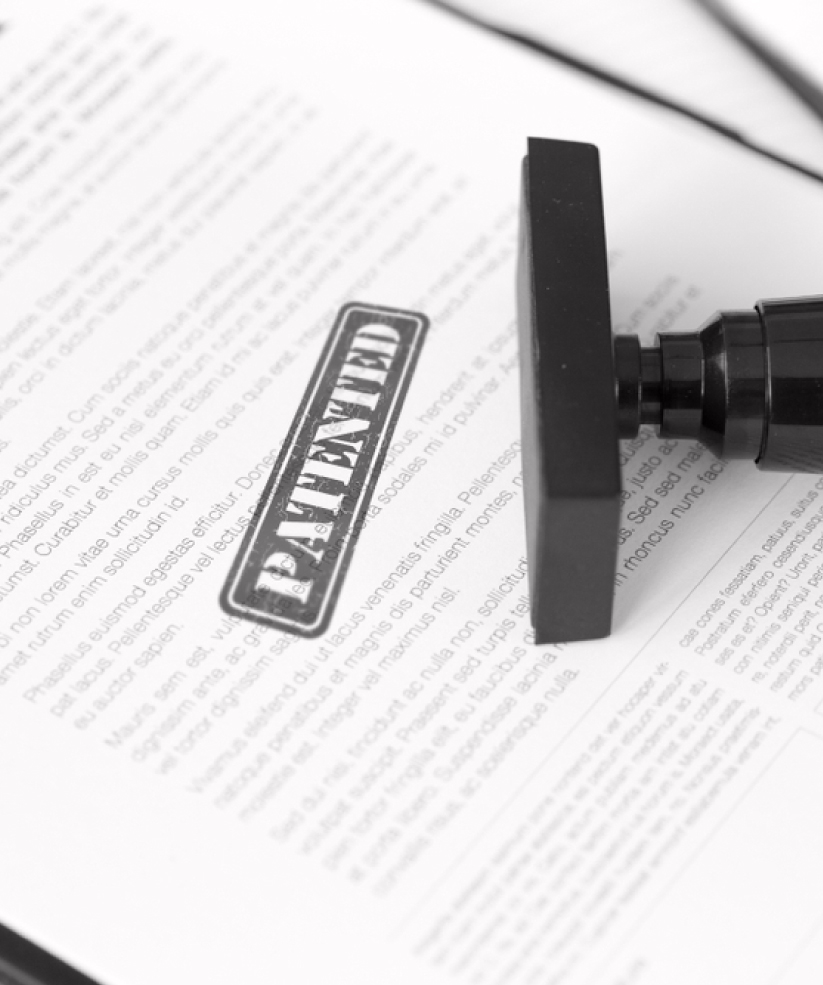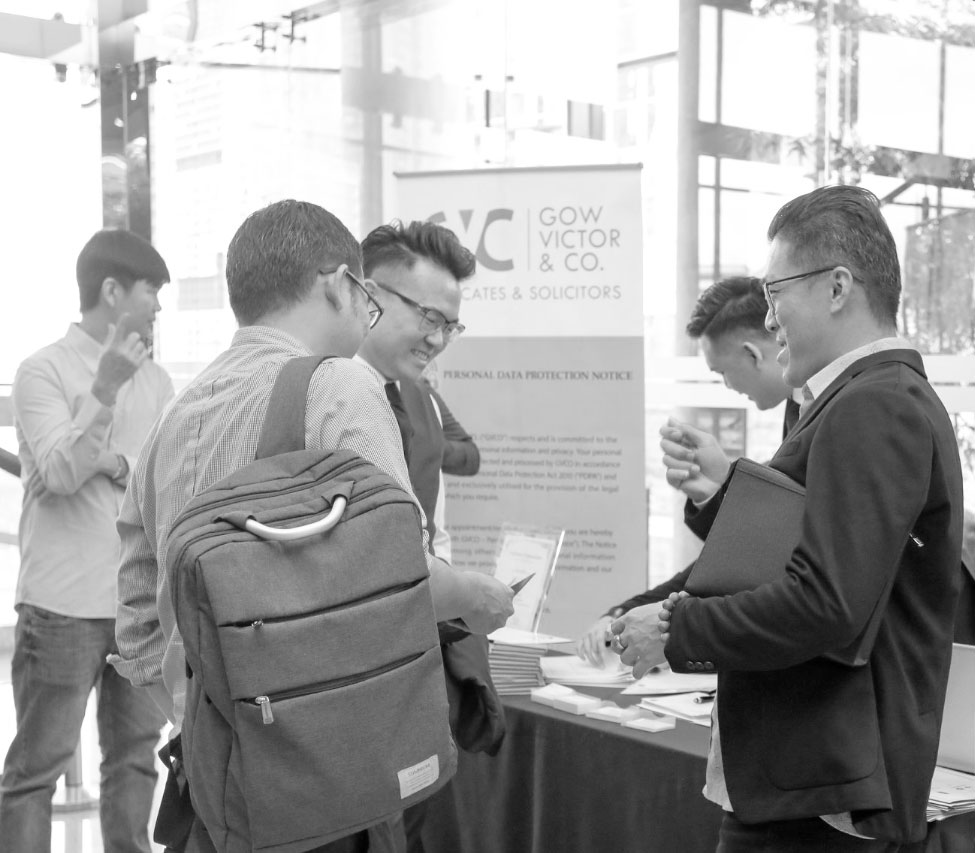Patent registration in Malaysia



What is a Patent?
A patent is an IP right granted for new technology you have invented. It is legally enforceable and gives you the exclusive right to commercially exploit your invention for the term of the patent. You can also obtain patent protection overseas.
Decision 1
Can I patent my invention?
A patent application can secure exclusive rights for an innovative device, machine, substance, process, or software—essentially anything that embodies industrial design and offers commercial utility, and technological advancements.
For a patent to be granted an invention must:
- Be a manner of manufacture. A patent may be granted only for a tangible invention. No matter how ingenious or unusual they may be, you cannot patent artistic creations, mathematical models, theories, ideas, schemes or purely mental processes.
- Be new (the legal term is ‘novel’), which means that the invention has not been publicly disclosed in any form, anywhere in the world, either by yourself or another party. Examples of disclosures that could show your invention is not new include published patent specifications, textbooks and technical journals, internet sites, or the sale or use in a public area (including demonstrations) of a product.
- Involve an inventive step for a standard patent. The invention must not be an obvious thing to do to someone with knowledge and experience in the technological field of the invention.
- Involve an innovative step for an innovation patent. There must be a difference between the invention and what is known about that technology, and this difference must make a substantial contribution to the working of the invention.
- Be useful. Your invention should do what you say it will do.
- Not have been secretly used by you or with your consent.
Valid patents must also meet other requirements of the Patents Act in particular:
A sufficiently clear and complete description. It is extremely important that you put into the description all the necessary information (including any drawings) about the technical details of your invention so that others can make or perform your invention once your patent is no longer in force.
- Claims and the description are for the same invention. The question asked is: are the claims supported? For example, if your application described a solar cell, claims that make no mention of light being converted to energy could be said to be not supported by the description because they might cover other types of energy generators that were not part of the solar cell invention.
- Claims must define only one invention.
Patents or Designs – what’s the difference?
If you want to protect the way your invention works then patenting may be the most appropriate option, but if the appearance of your product is important and innovative (rather than how it works), then a registered design may be more appropriate.
Decision 2
Should I patent my invention?
A patent application can be submitted for various innovations, including industrial design, devices, machines, substances, processes, computer hardware and software, effectively covering nearly all commercially useful inventions in today’s market.
For a patent to be granted an invention must:
- the possibility of commercial returns outweighs the time, effort and money required to acquire and maintain a patent
- the limited monopoly a patent offers would help mitigate the risks of IP theft in the markets you are interested in
- you have the resources to manage your intellectual property
- a thorough search reveals no other similar technology
- you own the invention and have kept it a secret.
Patent Application Malaysia: File or Consider Alternatives?
1. Filing via a Patent Attorney:
- Reduces the risk of mistakes.
- Improves the commercial value of your patent.
2. Reasons Not to File a Patent:
- Being first to market may be more valuable than a patent.
- Filing a patent reveals your invention to competitors.
3. Market Leader Strategy:
- Products with short life-cycles benefit from establishing market leadership before competitors react.
- A trade mark may be a better asset, protecting the product’s name and brand values.
4. Limited Market Value:
- The cost of obtaining and maintaining a patent may not be justified for inventions with a limited market or when patent protection in certain countries is challenging.
5. Trade Secrets vs. Patents:
- Trade secrets, protected through confidentiality agreements, can offer indefinite protection.
- This strategy works best when the product is difficult to reverse engineer.
6. When to Consider a Patent:
- If your invention is new, not publicly disclosed, and has commercial potential, a registered patent (valid for 20 years) may be the right choice.
